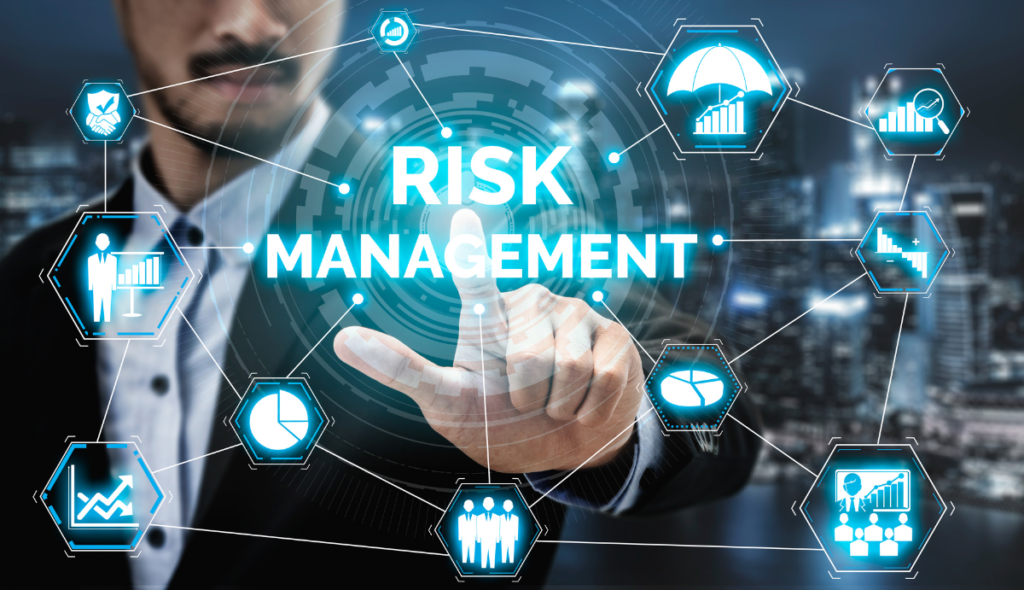In the dynamic landscape of pharmaceuticals, ensuring product quality and patient safety is paramount. Quality Risk Management (QRM) stands out as a strategic approach that plays a pivotal role in achieving these objectives. Join me as we dig into the intriguing realm of QRM in the pharmaceutical sector.
Understanding Quality Risk Management
QRM is not just a regulatory requirement; it’s a mindset that permeates every facet of pharmaceutical operations. At its core, QRM involves identifying potential risks, assessing their impact, and implementing measures to mitigate or control these risks.

Why is QRM Crucial?
- Enhanced Product Quality: QRM fosters a proactive culture that anticipates and addresses potential issues before they impact product quality. This translates to safer, more effective medicines for patients.
- Regulatory Compliance: Regulatory bodies, including the FDA and EMA, emphasize the importance of QRM. Adopting QRM principles ensures alignment with regulatory expectations, reducing the likelihood of compliance issues.
- Operational Efficiency: By identifying and mitigating risks early in the pharmaceutical lifecycle, companies can streamline processes, reduce delays, and optimize resource allocation.
Key Components of QRM
- Risk Identification: Thoroughly identifying potential risks is the foundation of QRM. This involves considering all aspects of the product lifecycle, from development to manufacturing and distribution.
- Risk Assessment: Once identified, risks are assessed and scaled. Multiple methodologies are available, but the Failure Modes and Effects Analysis (FMEA) is probably the most widespread. In this methodology, failure modes are scaled based on the factors probability, severity, and detectability. This step helps to prioritize risks, identify the highest risks, and dedicate resources on the most critical areas.
- Risk Mitigation: Implementing measures to mitigate or control identified risks is a crucial aspect of QRM. This may involve process improvements, enhanced monitoring, or changes to manufacturing procedures.
Our consultant Abbie speaking
“As a dedicated Quality Assurance professional in the pharmaceutical sector, the daily application of QRM is integral to overcoming challenges in our operations. This proactive approach allows me to identify and mitigate potential risks, not only enhancing product quality assurance but also optimizing overall operational efficiency and ensuring compliance. By consistently applying QRM principles, we foster a culture of continuous improvement and resilience in the face of dynamic industry challenges, ultimately contributing to the success of our pharmaceutical operations.”
Looking ahead
As pharmaceutical technologies advance and global regulations evolve, QRM will continues to be a cornerstone of quality assurance. Embracing this approach ensures that pharmaceutical companies are not merely reactive but proactive in safeguarding patient welfare.
